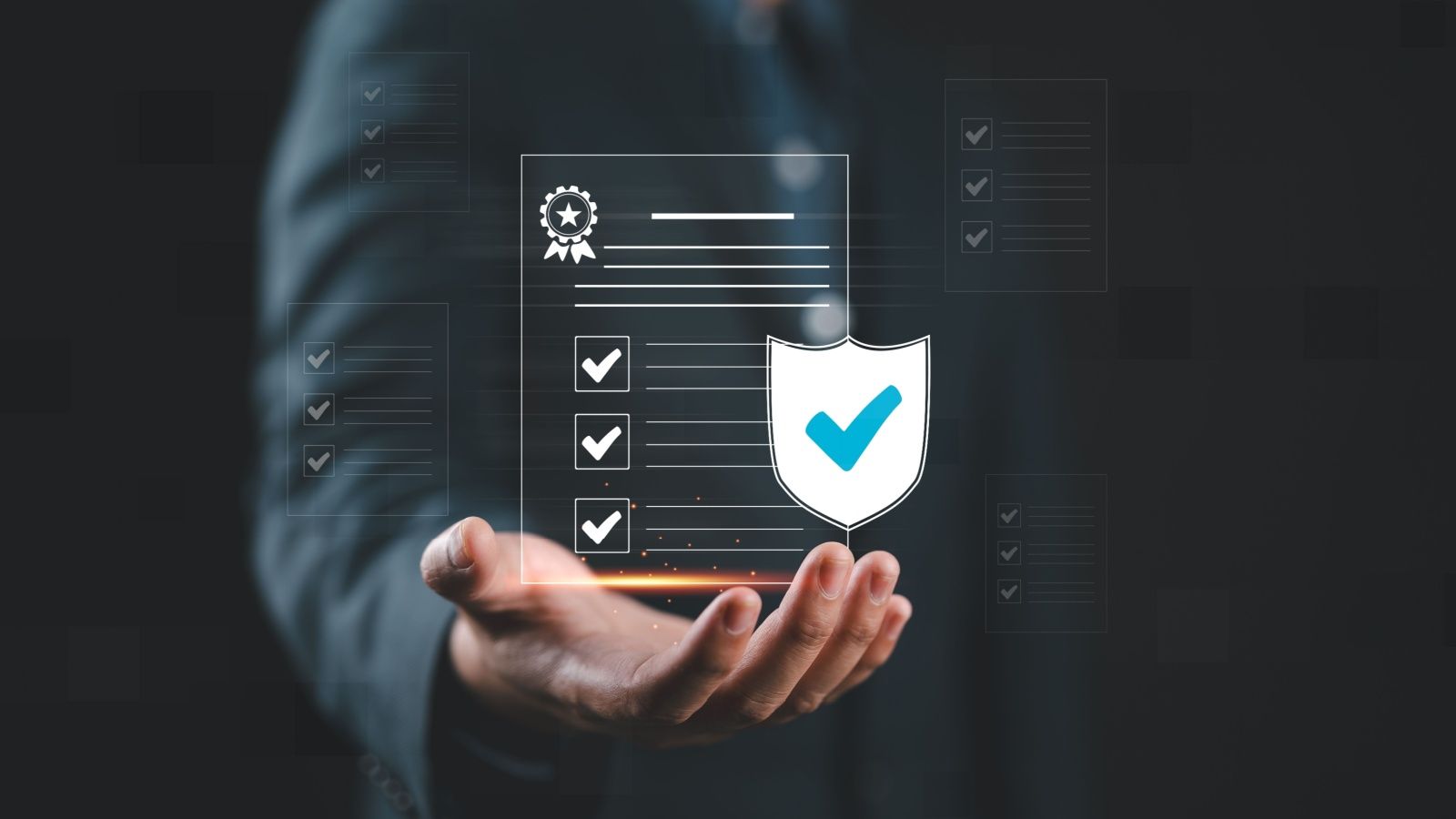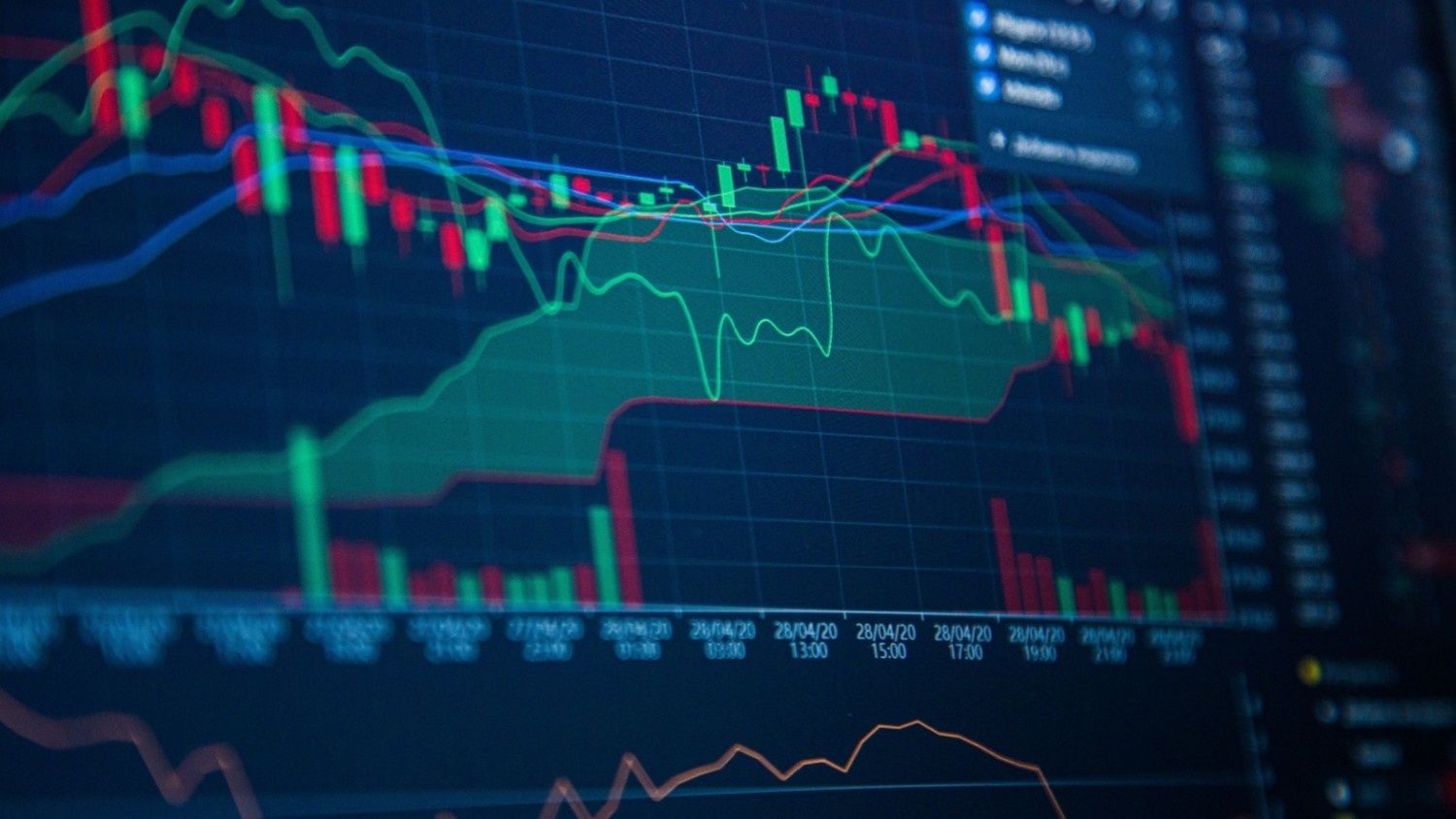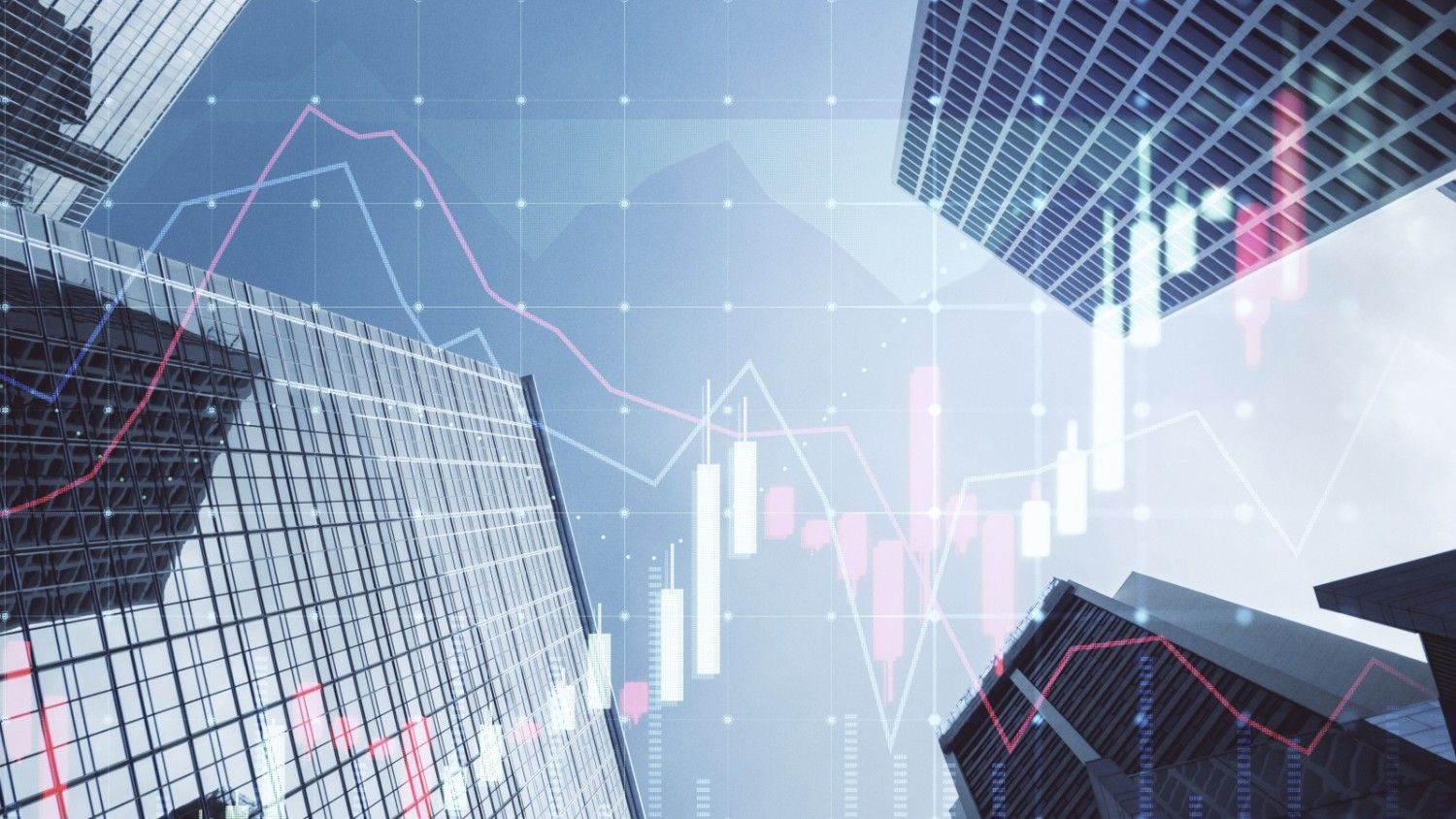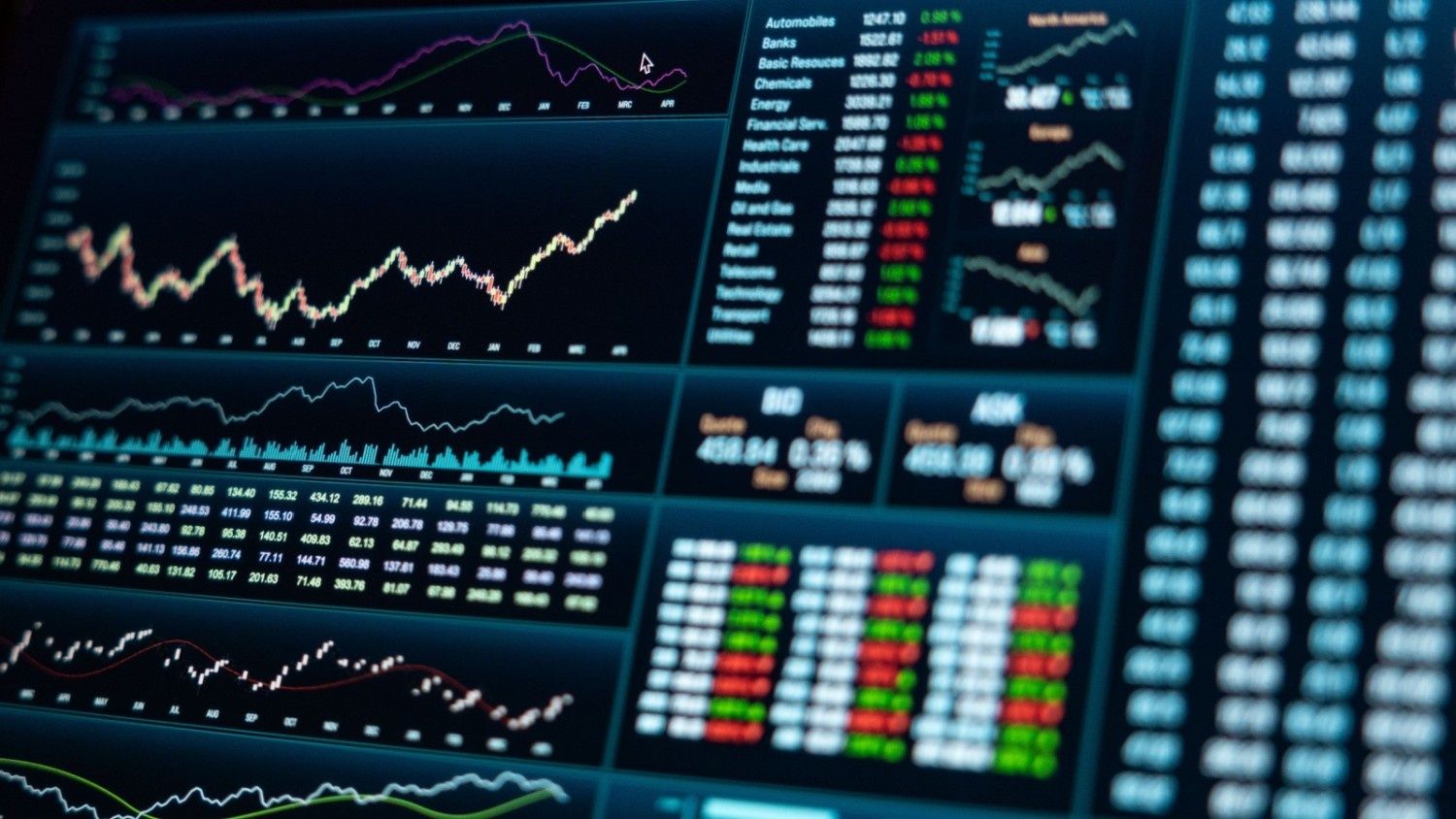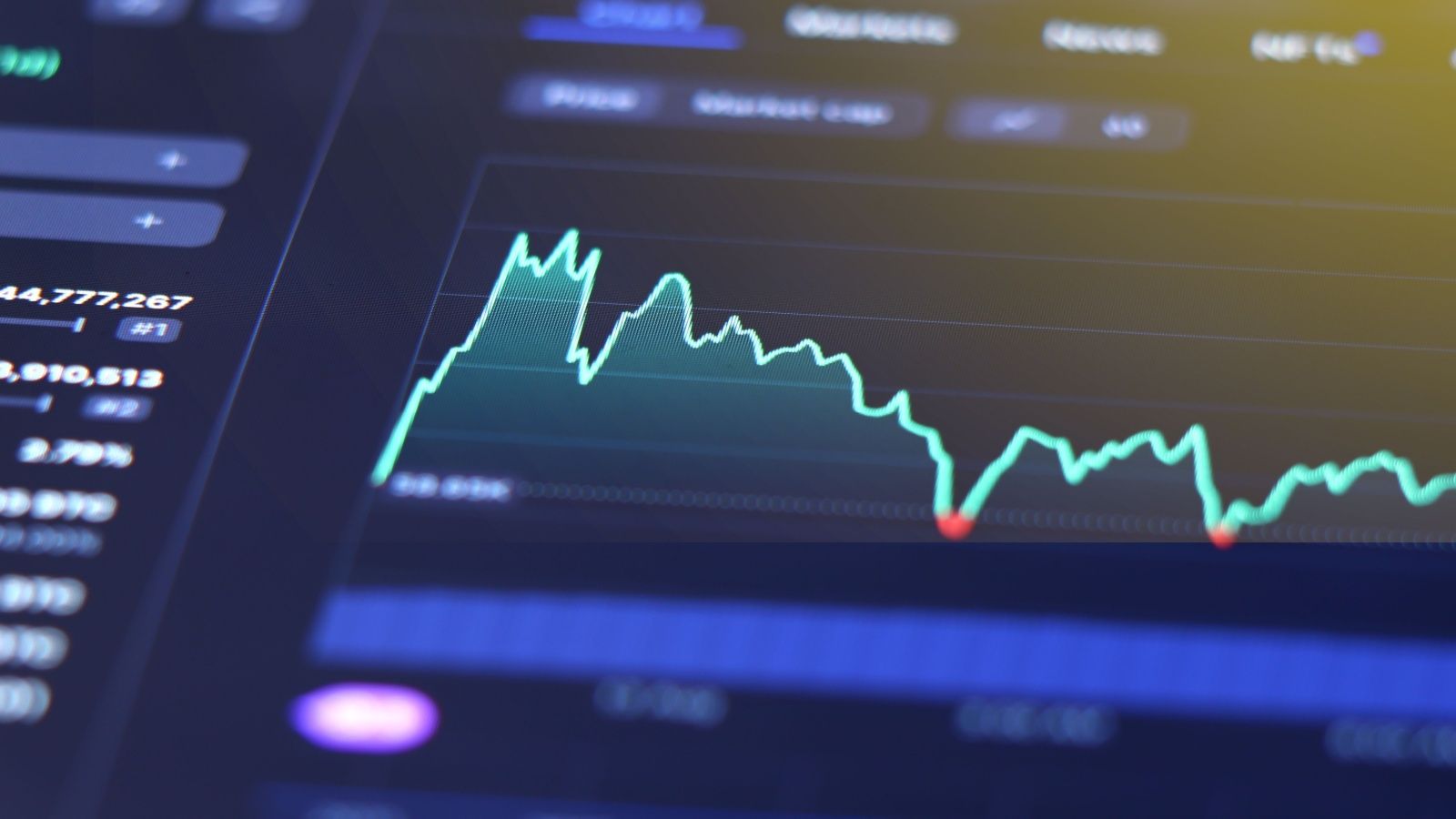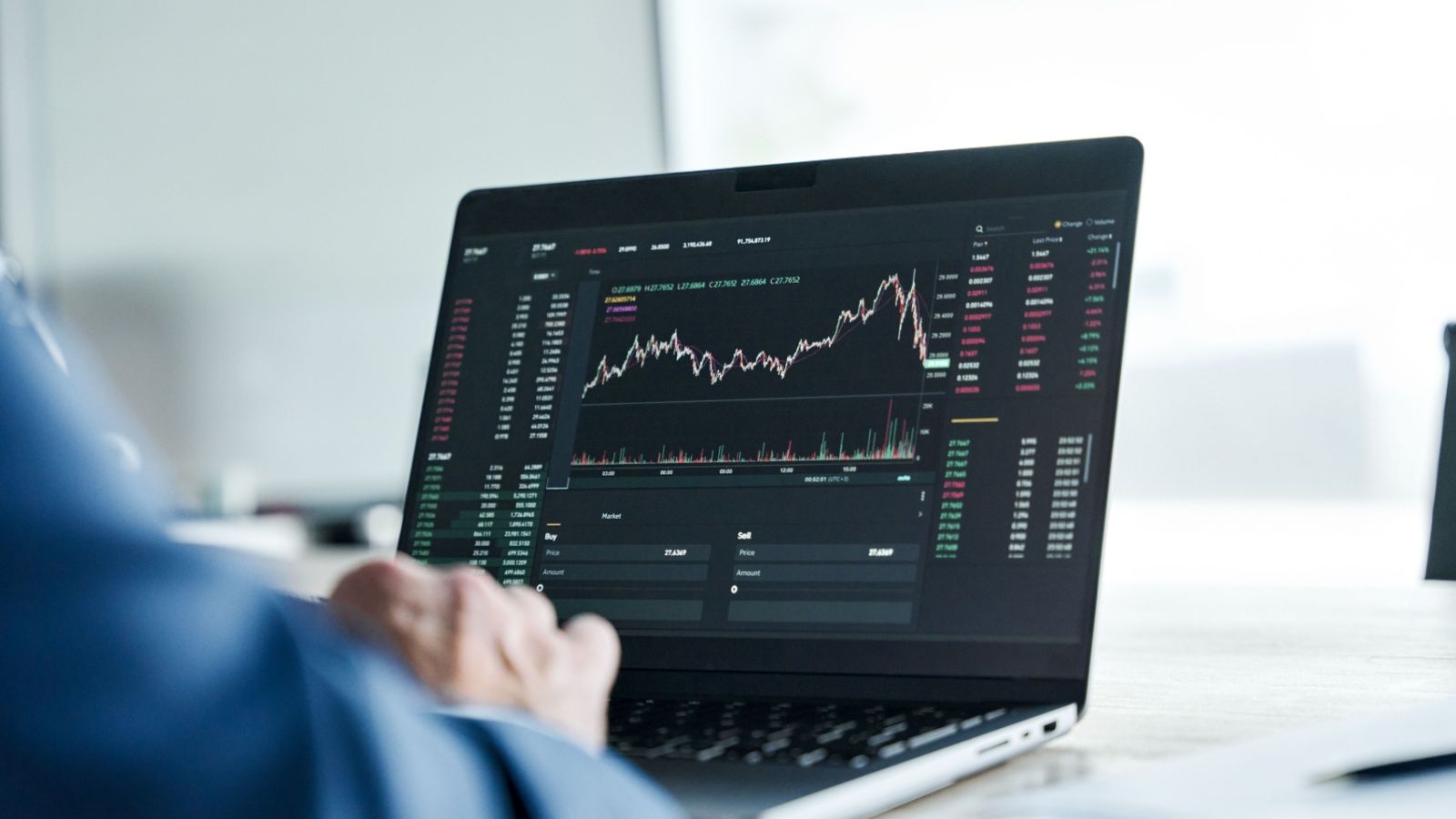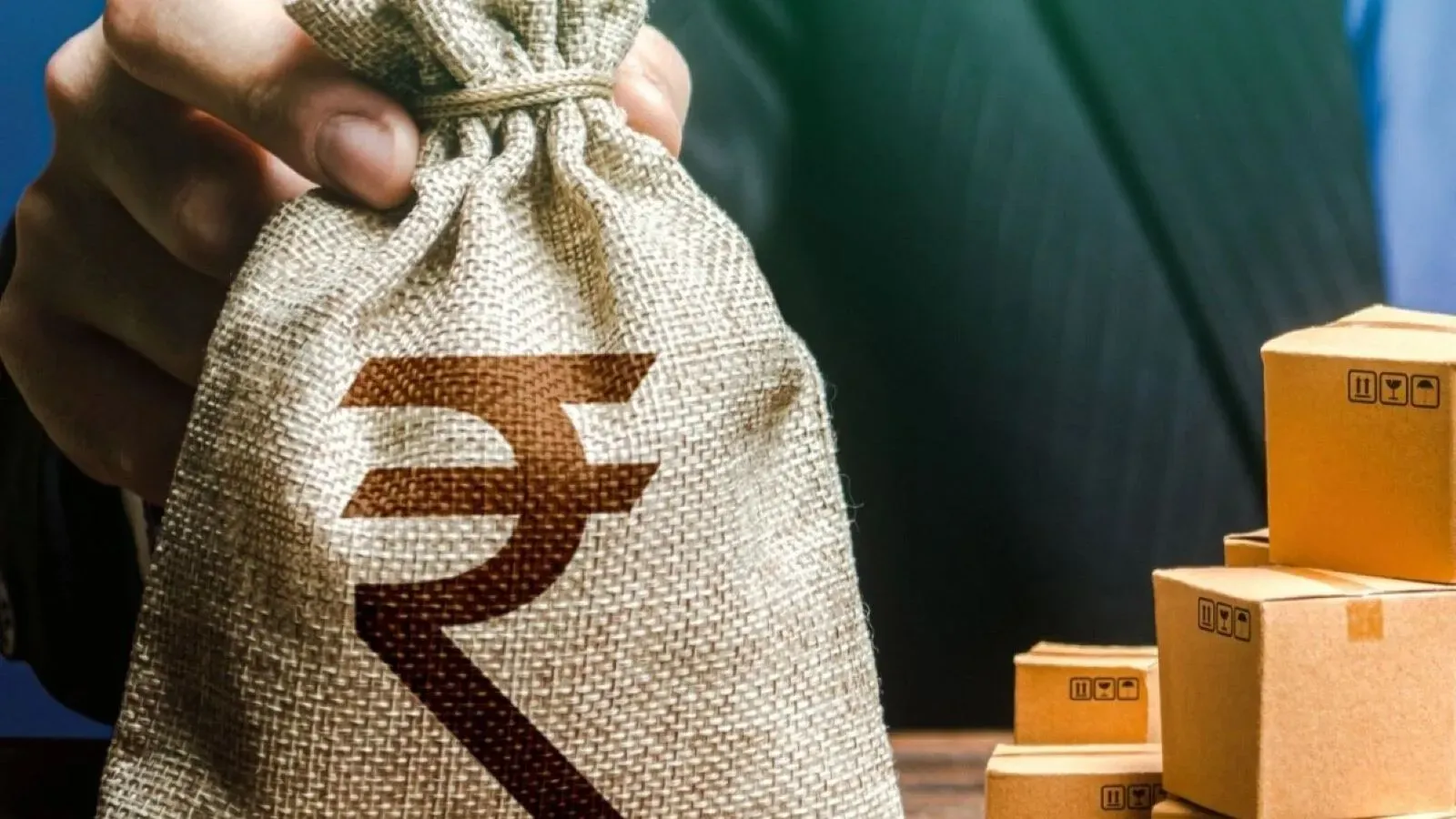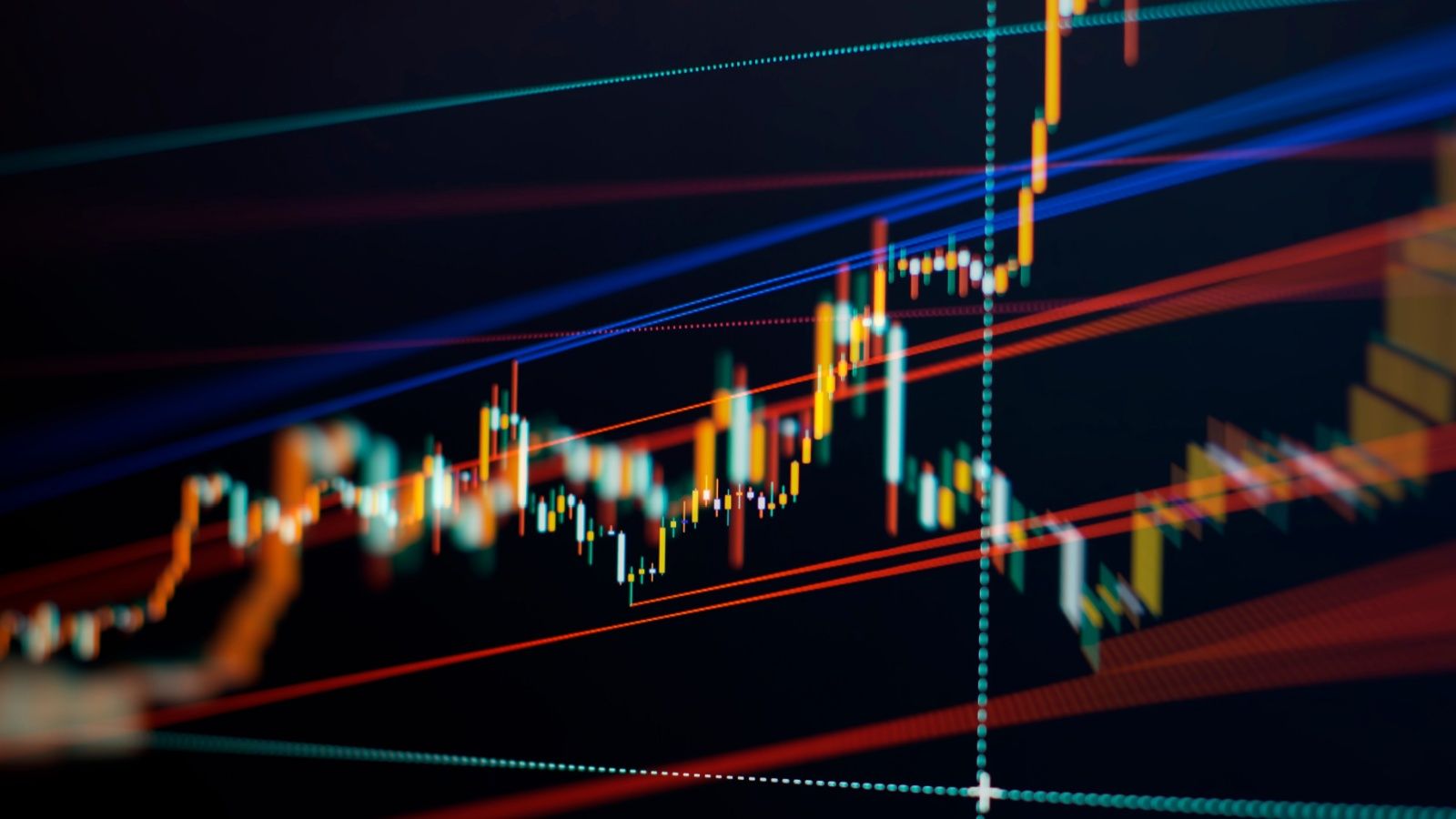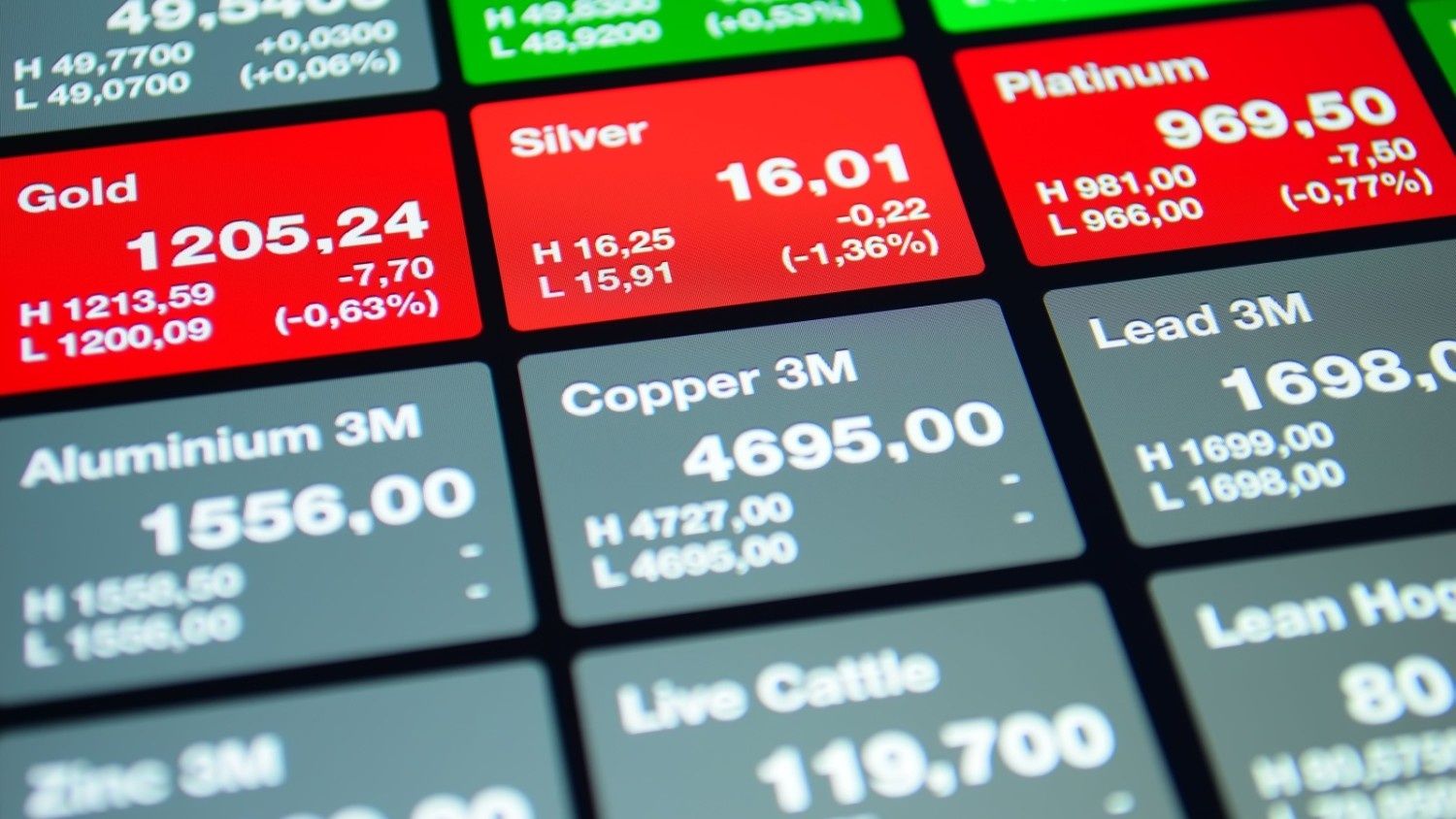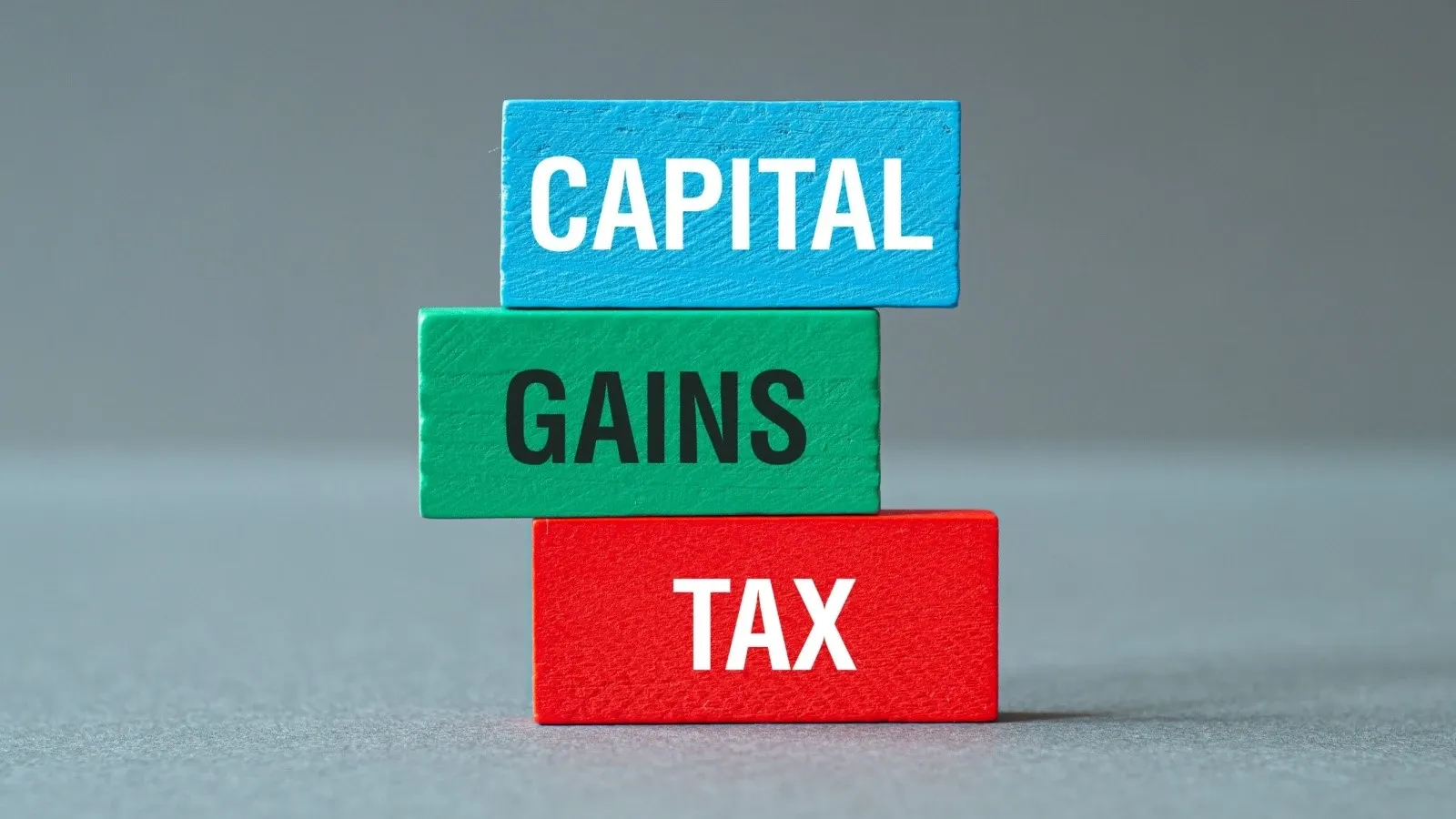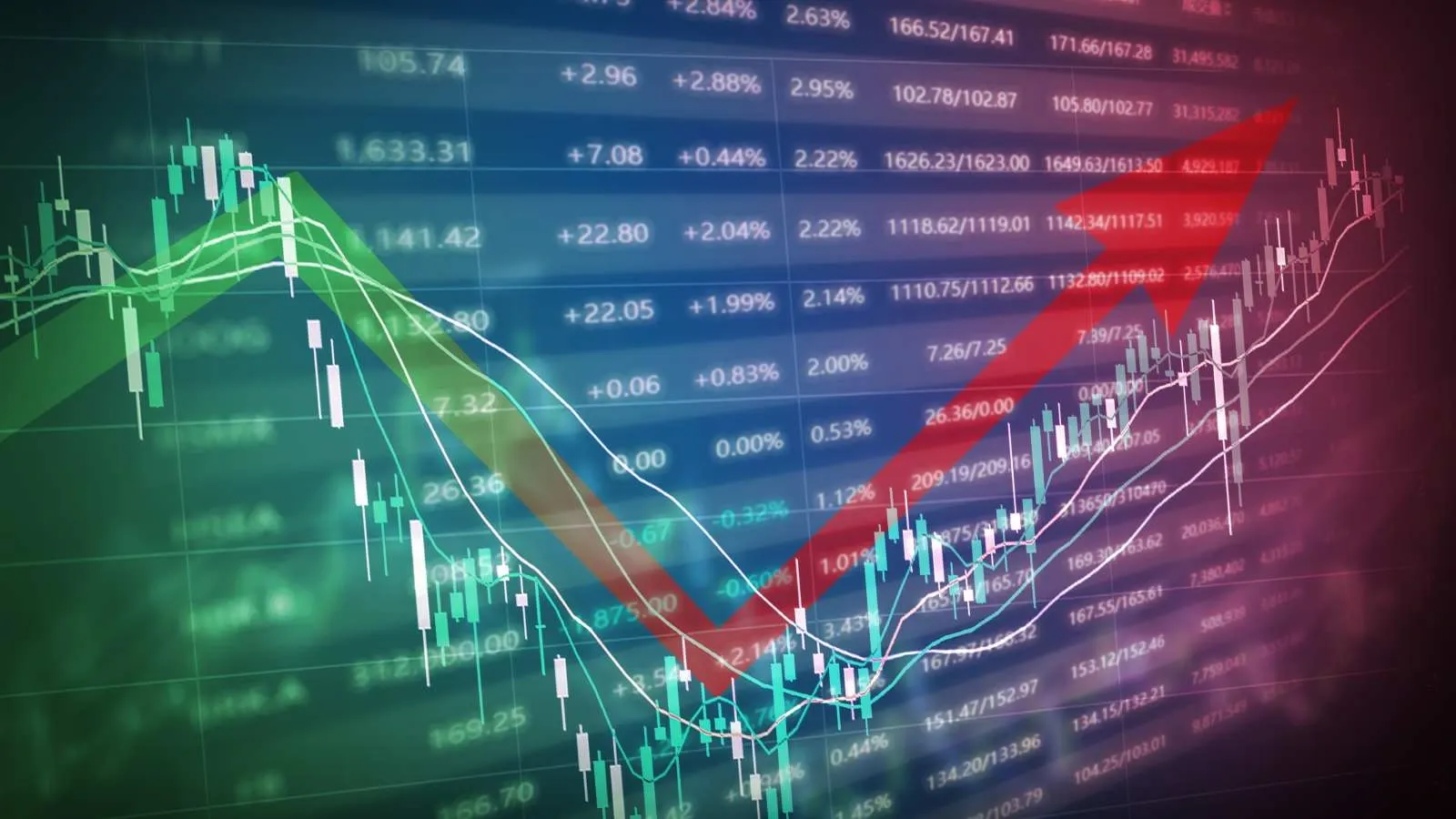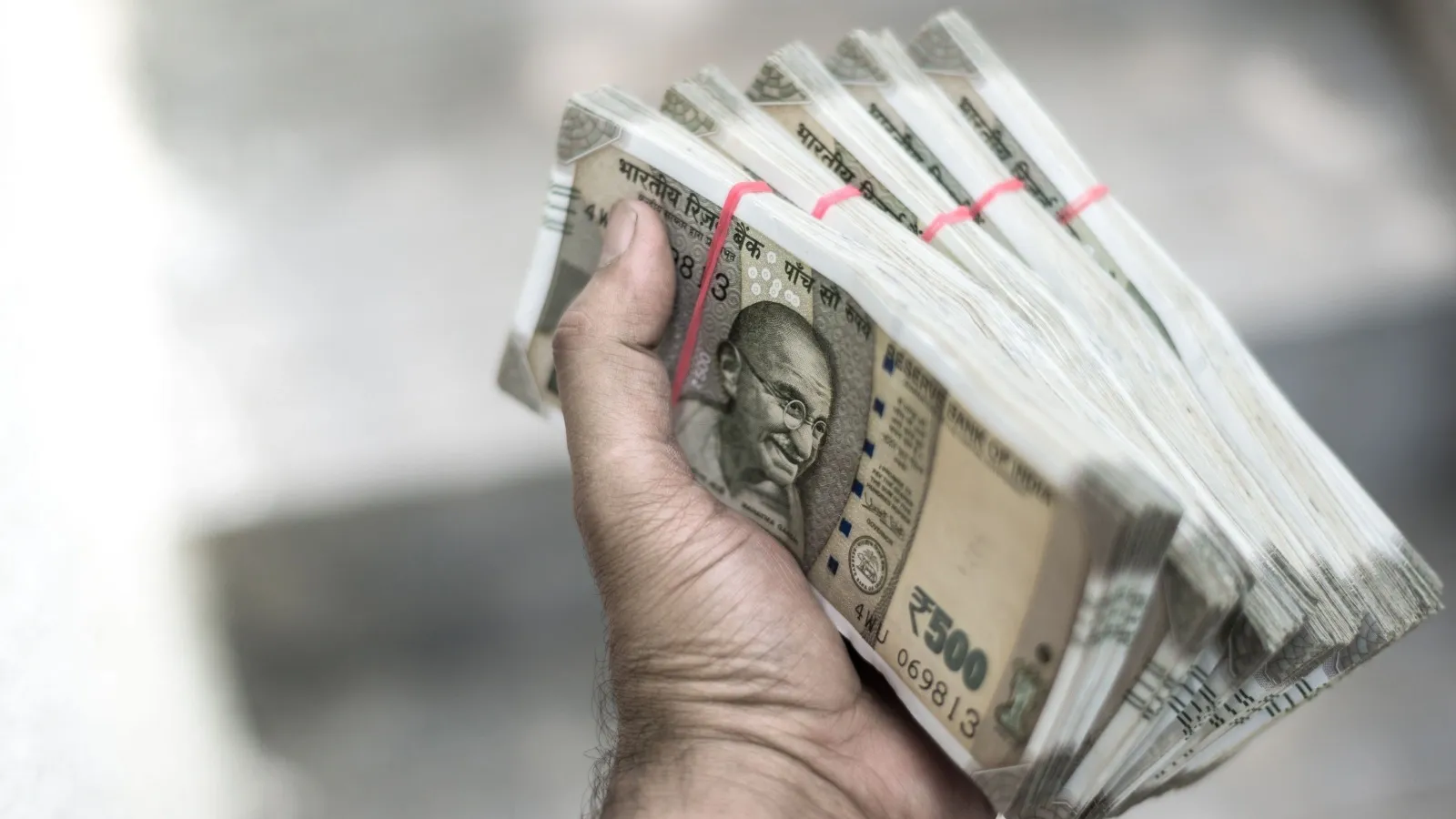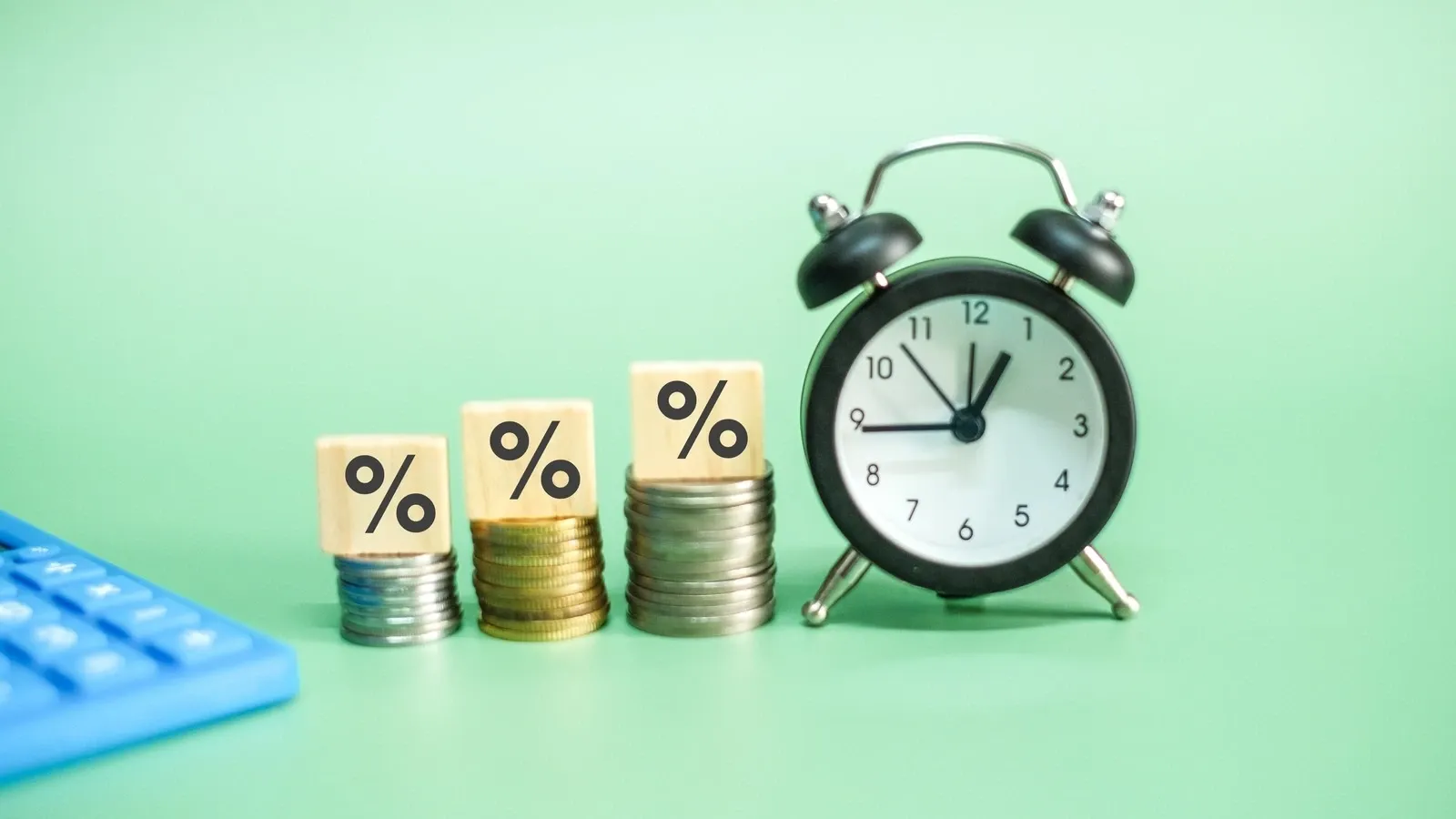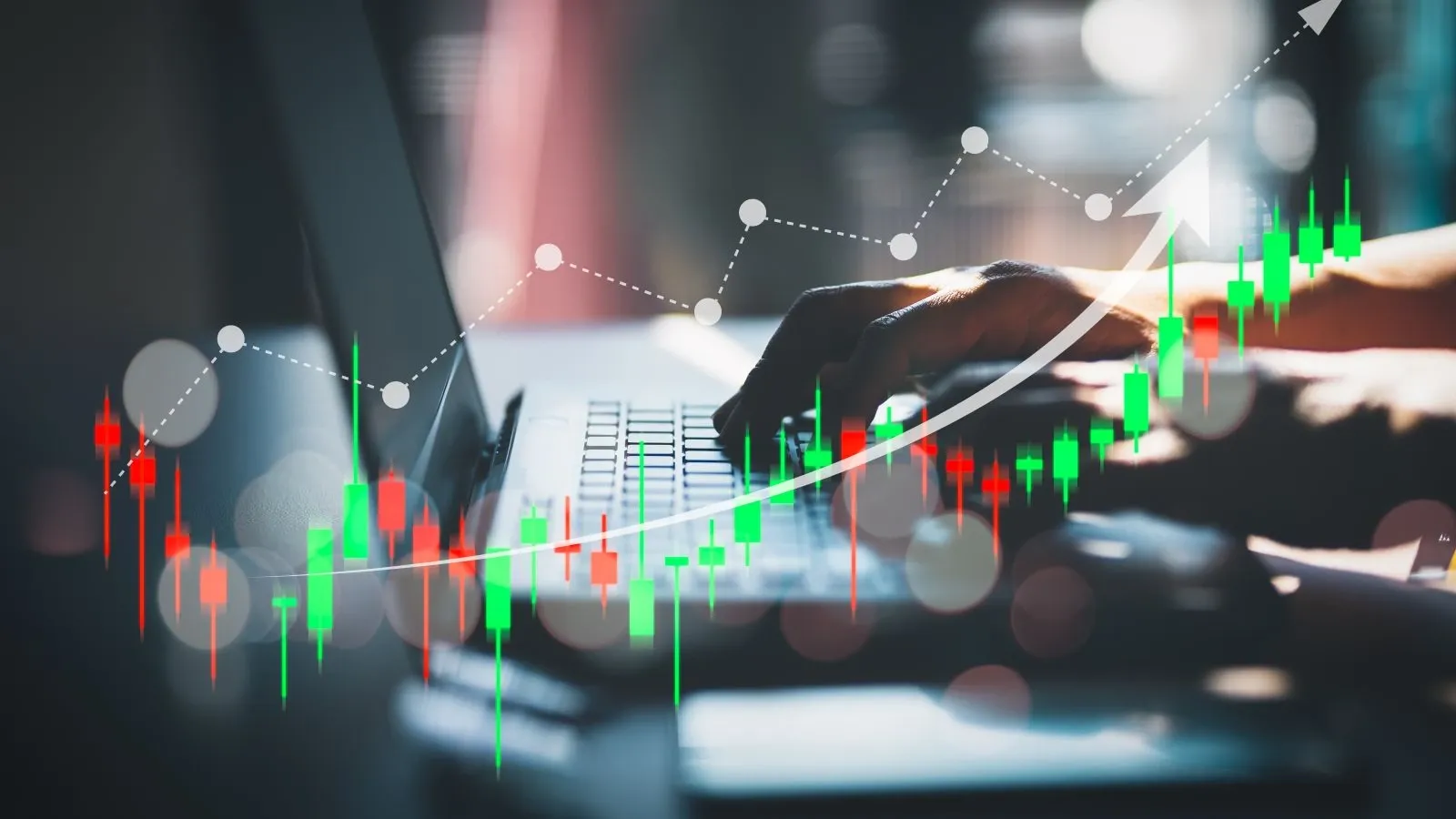What is Fiscal Policy - Meaning, Objectives, Economics, Tools, & Types
Written by Upstox Desk
Published on October 01, 2025 | 6 min read

Every country in the world hosts a free market subject to varying economic conditions.
For years, consumer demand has been high because business is booming, while it might slow in other years. Then there are emergencies like the recent COVID-19 pandemic, where governments are responsible for taking care of their citizens in their times of need.
Fiscal policy is the tool used by the government to navigate these complexities. The main components of fiscal policy are:
- Taxation: The source of income for a government & a creative tool to encourage certain behaviours over others, thereby influencing the overall economy
- Public Spending: The money allocated to various expenditures that come with running a modern nation-state
- Public Borrowing: A way to cover any temporary deficits arising from a mismatch between earning and spending
Why Do We Need Fiscal Policy
The economy of a country is directly linked to its health and growth prospects of a country.
Therefore in a democracy, elected officials must have a way to influence the economy in times of need.
For example, let us take the economic phenomenon known as a 'recession'.
A recession happens when, to put it simply, cash dries up for many people at the same time. Businesses have limited income, their workers have limited money to spend, the market becomes unaffordable, and credit becomes a luxury.
In this situation, the public of a democratic nation would rightly look to their governments for some kind of beneficial action.
The government can use fiscal policy to do quite a lot of things that would ease this period of recession:
- They can lower tax rates to reduce the burden on the taxpayer, freeing up more of their reserves
- Increase public spending to help stimulate economic activity
- Borrow from ally nations to cover deficits
Having access to fiscal policy lets lawmakers care for their nation's economic condition.
Fiscal Policy vs Monetary Policy
Monetary policy is a tool for experts, chosen by elected representatives, who sit in the central bank to help the country's monetary situation. They are the people who issue currency, regulate its supply, and monitor its movement in the economy.
If you've ever wondered, "what is the total amount of cash in my country right now?"
Chances are, your central bank has the answer. The tools at their disposal include:
- Interest Rates
- Bank Reserve Rates
- Sale & Purchase of Government Securities
- Issuing Government Bonds
Objectives of Fiscal Action
The day-to-day objectives of fiscal action are:
- Investing in public infrastructure like roads & railways to ensure smooth transportation for goods and services
- Incentivising various private sectors of industry to scale up their operations by offering tax cuts
- Promoting education, payment of salaries, subsidies, pensions etc.
- Bringing in investment and raising the confidence of private investors
- Reducing poverty & offering subsidies on items of daily necessity
Major Examples of Fiscal Action in India
- 1991 Liberalisation
Back in 1991, while Dil Hai Ke Manta Nahi was playing in theatres and the radios were dominated by Kumar Sanu, India faced an economic crisis.
The Government Expenditure over the previous years had exceeded alarming levels. The Gross Fiscal Deficit which was only 9% of GDP in 1980-81, had grown to 12% of GDP in 1990-1991. The Internal Debt of the Government went from 35% of GDP in 1985-86 to 53% of GDP in 1990-91. We were importing more than we were exporting, and the Gulf War certainly wasn't a walk in the park for crude oil prices. We were headed for trouble because during all of this, we had borrowed substantially from the International Monetary Fund earlier in the year, and that was just more debt we couldn't pay.
To address this situation, drastic measures were the need of the day. The system was under pressure because it hadn't grown to its full potential. In the 80s & 90s, the world was growing towards interconnectedness. Revolutions in mobile telecommunication, computing and the internet were just around the corner, and the cost of doing business internationally was reducing.
The liberalisation of the economy was a move to modernise our economy and take our place as trade partners for businesses around the globe. By inviting foreign investment in our local economy, welcoming MNCs to set up shop & allowing Indian businesses to sell their services internationally, this fiscal initiative reversed our situation from a country in trouble to a rising star on a global scale.
- Post-2008 Stimulus
It's 2008. Ghajini has hit the theatres, Facebook is the cool new place to share your thoughts with other early adopters, and Lehman Brothers went bankrupt.
Without getting too technical, the collapse of the Lehman Brothers was the last domino falling in the United States financial system before the crisis started going global. It started affecting the Indian economy too through the following ways:
- Our banks were in business with the banks that had failed
- Exports had gone down because our client countries had been impacted
- Exchange rates had drifted to an untenable position
In this environment, the government took several fiscal initiatives to reduce the impact of the oncoming global financial crisis:
- Activated several stimulus packages through 2008 & 2009
- Reducing the central excise duty by a total of 6% over the years
- Ramping up additional expenditure by ₹20,000 lakh
These measures helped the country weather the effects of the crisis along with the strong foundation provided by a fiscal framework that consists of prudent financial
regulation, effective fiscal policy intervention & large foreign exchange reserves.
Keep in Mind
Now that we understand fiscal policy and how it affects the economy at large, there are a few things to keep in mind:
- While fiscal intervention is suitable for solving economic problems, not all economic problems are fiscal in nature.
- Taxes, while being the only source of income for the government, can often be a hardship.
- Too much fiscal intervention can reduce the breathing space for an economy to thrive, while too less could cause harm.
For elected officials, the challenge is to prudently balance the control a government should have over the country's economic condition.
About Author
Upstox Desk
Upstox Desk
Team of expert writers dedicated to providing insightful and comprehensive coverage on stock markets, economic trends, commodities, business developments, and personal finance. With a passion for delivering valuable information, the team strives to keep readers informed about the latest trends and developments in the financial world.
Read more from UpstoxUpstox is a leading Indian financial services company that offers online trading and investment services in stocks, commodities, currencies, mutual funds, and more. Founded in 2009 and headquartered in Mumbai, Upstox is backed by prominent investors including Ratan Tata, Tiger Global, and Kalaari Capital. It operates under RKSV Securities and is registered with SEBI, NSE, BSE, and other regulatory bodies, ensuring secure and compliant trading experiences.
